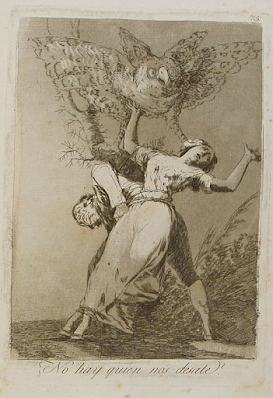DOGS OF LEISURE
After the war between Spain and the First French Empire, which began in 1808 with the invasion of Napoleonic troops and ended in 1814 with the return of Fernando VII to Spain and absolute power, Spain was destined to shake up its social structures with the emergence of diversified social classifications.
There were still the noble families with land titles and wealth, and of course the peasants who owned nothing, but now there was a newly emerged stratum in Spanish society based on the wealth created by trade, manufactures, modern agriculture, retail, professions such as doctors and lawyers, and even arts and crafts. These self-employed people and family businesses formed a social class based on materialism and the pursuit of respectability called the bourgeoisie.
The bourgeoisie was now the class of people who wanted companion dogs to demonstrate their ability to spend their leisure time, and so the miniature dog breeds made a big comeback. Small dogs were now a symbol of success, a happy family life and a home because they had a good income.










